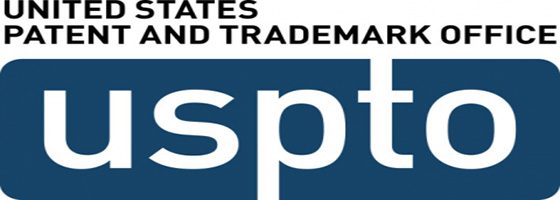The release date for the final-draft RFP of the $1B plus United States Patent and Trade Office’s Software Development and Integration Next Generation 2 (USPTO SDI-G2) contract has been pushed back to December. So there is still time for the team-building and other key preparations needed to win!
There are two separate parts to this IT IDIQ. One is an SBS-A, the other, a free and open. The ceiling value for the incumbents on the former is $236 million, and the latter, more than double that, $536 million. Otherwise, the SBS-A and the F&O requirements are identical.
There are 10 incumbents on USPTO’s current IT contract which NG2 will replace: For the SBS-A portion – Maximus (which is no longer small), Criterion Systems, Salient Solutions, Niksoft Solutions and Phacil, Inc.; for the F&O portion — Unisys, SAIC, Pragmatics, CSRA (CSC); and CGI Federal.
The number of awards for NG2 is still TBD; what’s been set is the TOs for this 10 year(s)-base IT Services IDIQ – They’ll be of the FFP, T&M and LH persuasions
Competition for this one will be fierce. Over 250 contractor personnel representing 150 or so firms. attended the Industry Day presentation last June.

HITTING THE BULLSEYE — With over 30 million firearms produced based on his patented designs, John Moses Browning stands preeminent among the world’s weapon inventors. He revolutionized firearms with his lever-action repeating rifle, semi-automatic shotgun, .50 caliber machine gun (MG), and America’s WWI standby, the Browning Automatic Rifle (BAR).
Target Practice
How can bidders develop a winning edge?
The Industry Day material as well as the draft PWS make it very clear EXACTLY what the USPTO wants. And that is: experience and expertise in application of Agile software development methodologies and DevOps practices and associated models and methods, which they take the trouble to spell out.
Agile – The group of software development methods in which requirements and solutions evolve through collaboration between self-organizing, cross-functional teams;
DevOps – The software development method that stresses communication, collaboration, integration, automation, and measurement of cooperation between software developers and other IT professionals;
User-Centric Design – The process (not restricted to interfaces or technologies) in which the needs, wants, and limitations of end users of a product, service or process are given extensive attention at each stage of the design process;
Scrum – The Agile software development model based on multiple small teams working in an intensive and interdependent manner;
Kanban – The method for managing knowledge work with an emphasis on just-in-time delivery while not overloading the team members; and
Scrumban – Integrating Scrum and Kanban to foster improvements continually.

ONE & DONE – Precise shot placement brings down a hostile – precision proposals neutralize the toughest RFP challenge.
Ready, Aim, Fire!
The PWS’s list of requirements includes capabilities with respect to C#, C, C++, J2EE, Java and so forth. In bold letters, at the top of the list, one finds: Practical Agile, NOT JUST THEORETICAL (Emphasis added.) Or in other words, a full understanding of and demonstrated capability pertaining to state-of-the-art, advanced iterative software processes.
Similarly, bidders will be required to answer the following 5 questions pertaining to their technical experience:
Question 1 — How has your company created high performing teams in Agile and DevOps environments with team members located in different locations (e.g., on-site and off-site)? Provide details such as how long it took for the team(s) to become high performing team(s) and how you measured the success of the team.
Question 2 — How has your company created high quality products in Agile and DevOps environments? Provide details such as measures for quality and how your company managed success as well as defects.
Question 3 — Discuss how your company has been successful at managing development in Agile and DevOps environments, and what the measurement of success was?
Question 4 — How has your company responded to multiple, concurrent task order solicitations with responses due in 10 business days, without sacrificing quality?
Question 5 — How has your company on-boarded: (1) up to 30 resources, (2) 30-50 resources, (3) 51-80 resources, (4) 81-100 resources, and (5) 100+ resources within 10 business days after award, or less? Please provide a response for each scenario.
So Agile and DevOps Rule! Bidders planning merely to cut and paste stuff from Wikipedia and other Internet-based sources concerning these methodologies, won’t cut the mustard.





Leave A Comment